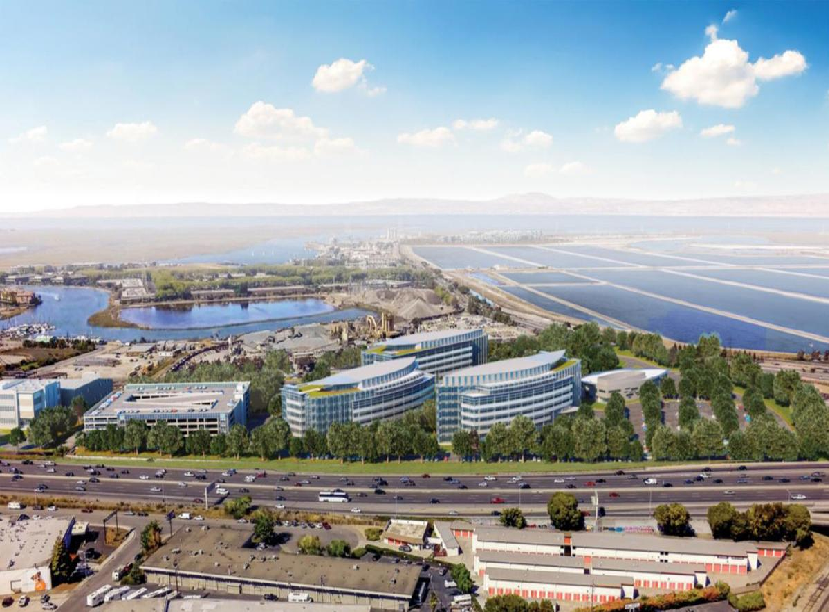Local youth challenged to turn trash into art
The annual Trash to Art Contest by RethinkWaste is accepting submissions through Friday, April 12, at noon.
Open to 3rd, 4th and 5th grade classes and individual students, the contest encourages students to create an art piece using materials that would have been thrown out. At least 90-percent of the artwork must be made from recycled or trash material. The art could include sculptures, collages, murals — all mediums, according to RethinkWaste.
Art pieces should not exceed 3 feet by 3 feet in dimension. Winners will receive prizes and recognition at the annual RethinkWaste Earth Day@Shoreway Event on Saturday, April 27.
Contest participants must live within the RethinkWaste service area, which includes Atherton, Belmont, Burlingame, East Palo Alto, Foster City, Hillsborough, Menlo Park, Redwood City, San Carlos, San Mateo, parts of unincorporated San Mateo County, and the West Bay Sanitary District
To learn more about this contest go here.










